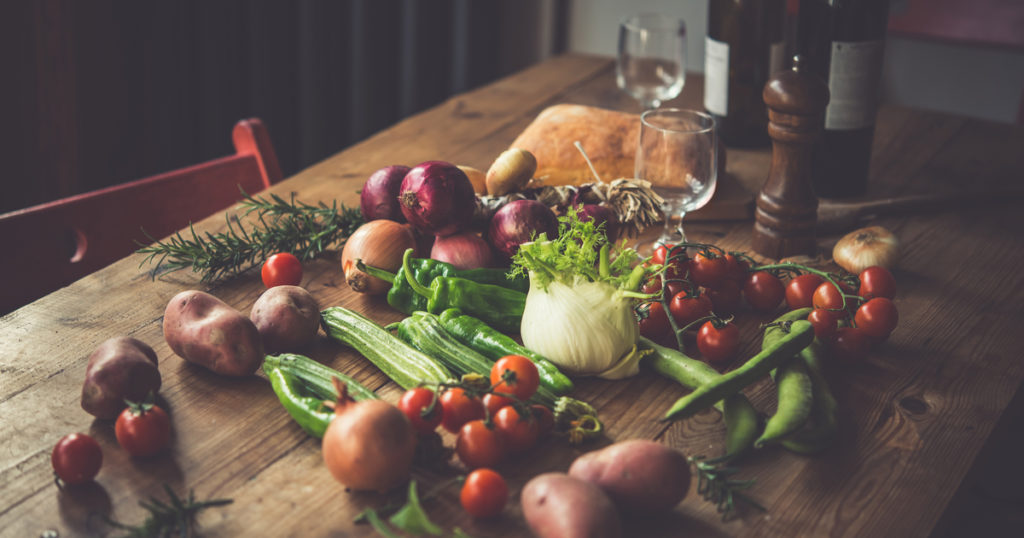The Farm-to-Fork Mystery - Is it Fact or Fiction?

Fact
Farm-to-Fork, better known as Farm-to-Table, is not just a marketing ploy used by a restaurant or two, here and there. It’s actually a “Social Movement” that promotes serving local food and beverages at restaurants and school cafeterias, preferably purchased directly, preferably from local sources. The food may indeed come from area farms, as the title of the movement implies. But the food and beverages may also come from wineries, breweries, ranches, fisheries, and the like. Again, preferably local and preferably purchased directly.
Fiction
Note that I have used the word “preferably” 4 times in the above section. That is because there is no law, regulation, charter, or a strict set of guidelines to dictate precisely what “local” means. Town, county, state? What about the farm that’s only 2 miles away from the restaurant but lies just across the border in another state?
What percentage of the food served must be purchased locally for a restaurant to be part of the food-to-table movement? Or claim to be? What’s more, even if there were some parameters, that percentage could vary from one meal service to another. The mozzarella in your lasagna today may be locally sourced this week and not next week.
It is often the case that restaurants cannot source all the food they need for dishes locally, so only certain dishes or only some ingredients are labeled as local. But who reads the fine print even if there is the fine print?
Friction
Despite the growth in farm-to-table restaurants, critics argue that it is merely a fad. They point at millennials and their obsession with food, and others point out that farm-to-table tends to be relatively less affordable than other forms of food and dining. Still, others argue that the term “farm-to-table” in and of itself is easily misunderstood. Consumers may believe that farm-to-table foods are healthier, which may or may not be backed up with actual nutritional content data.
Fraud
From the East coast to the West coast, investigative reporters have found widespread fraud in the claims made by farm-to-table restaurants. For example, in many cases, the restaurant may have previously purchased food from local sources but has since switched to different suppliers without updating the menu. Sad but true.
Flip Side
Despite the sullied reputations of some farm-to-table establishments, many restaurants have genuinely embraced the movement. The benefits are notable. For example, it reduces pollution and emissions because the distance from the source to the restaurant is so much shorter. Also, supporting the local small-scale farms could lead to more jobs in local communities.
Food ERP from Liberty Grove
Whether the food producers are small or large, provides technology solutions for enterprises in the Food & Beverage sector. Our comprehensive solution is called . In a nutshell (pun intended), DynamicsFoodERP is Certified for Microsoft Dynamics (CfMD) and purpose-built for the food industry. It addresses the needs of both distributors and manufacturers, ranging from Quality Control, Container Management, and Catch-weight to in-line scales and labeling printing.
Find out more
DynamicsFoodERP is built on the collective experiences of the 200+ companies that run it today. Contact by calling 630-858-7388 or emailing nav@libertygrove.com.

